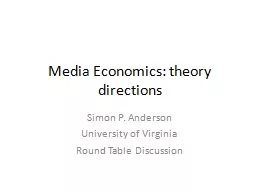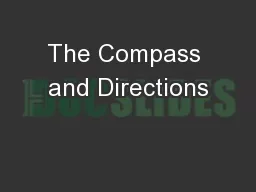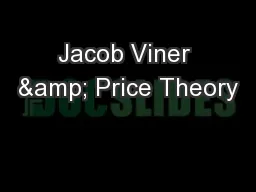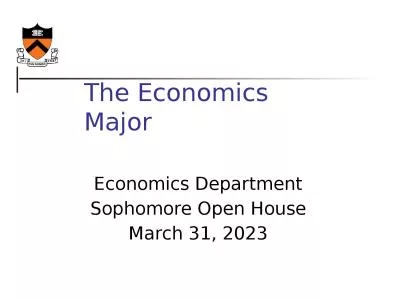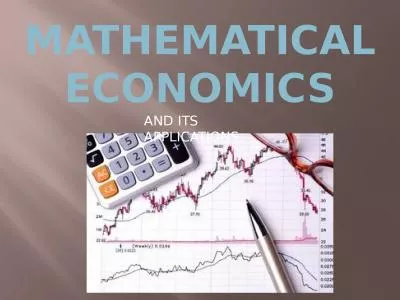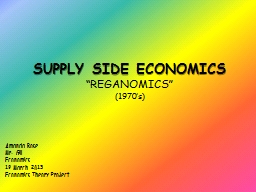PPT-Media Economics: theory directions
Author : olivia-moreira | Published Date : 2016-05-21
Simon P Anderson University of Virginia Round Table Discussion Scope Modeling 2 sided media markets interactions other issues bias Multihoming Strategic variables
Presentation Embed Code
Download Presentation
Download Presentation The PPT/PDF document "Media Economics: theory directions" is the property of its rightful owner. Permission is granted to download and print the materials on this website for personal, non-commercial use only, and to display it on your personal computer provided you do not modify the materials and that you retain all copyright notices contained in the materials. By downloading content from our website, you accept the terms of this agreement.
Media Economics: theory directions: Transcript
Download Rules Of Document
"Media Economics: theory directions"The content belongs to its owner. You may download and print it for personal use, without modification, and keep all copyright notices. By downloading, you agree to these terms.
Related Documents

